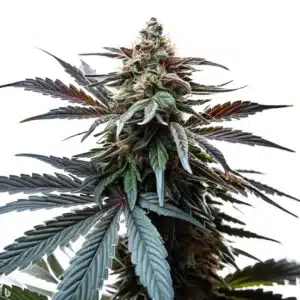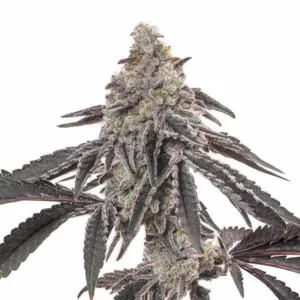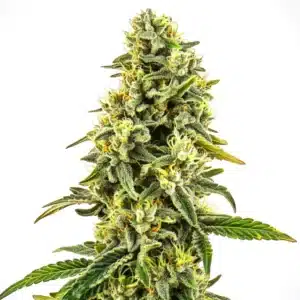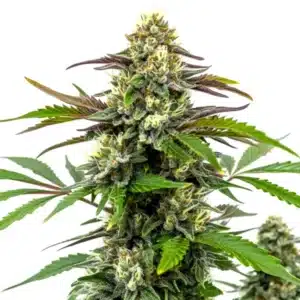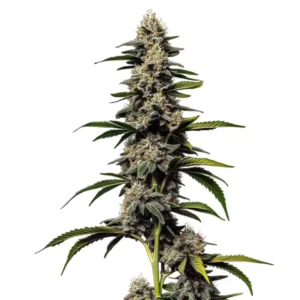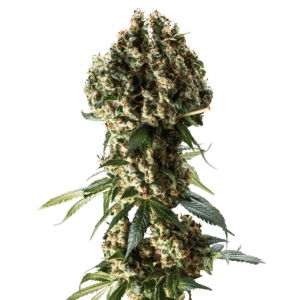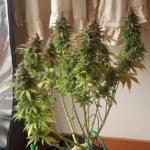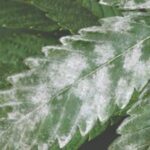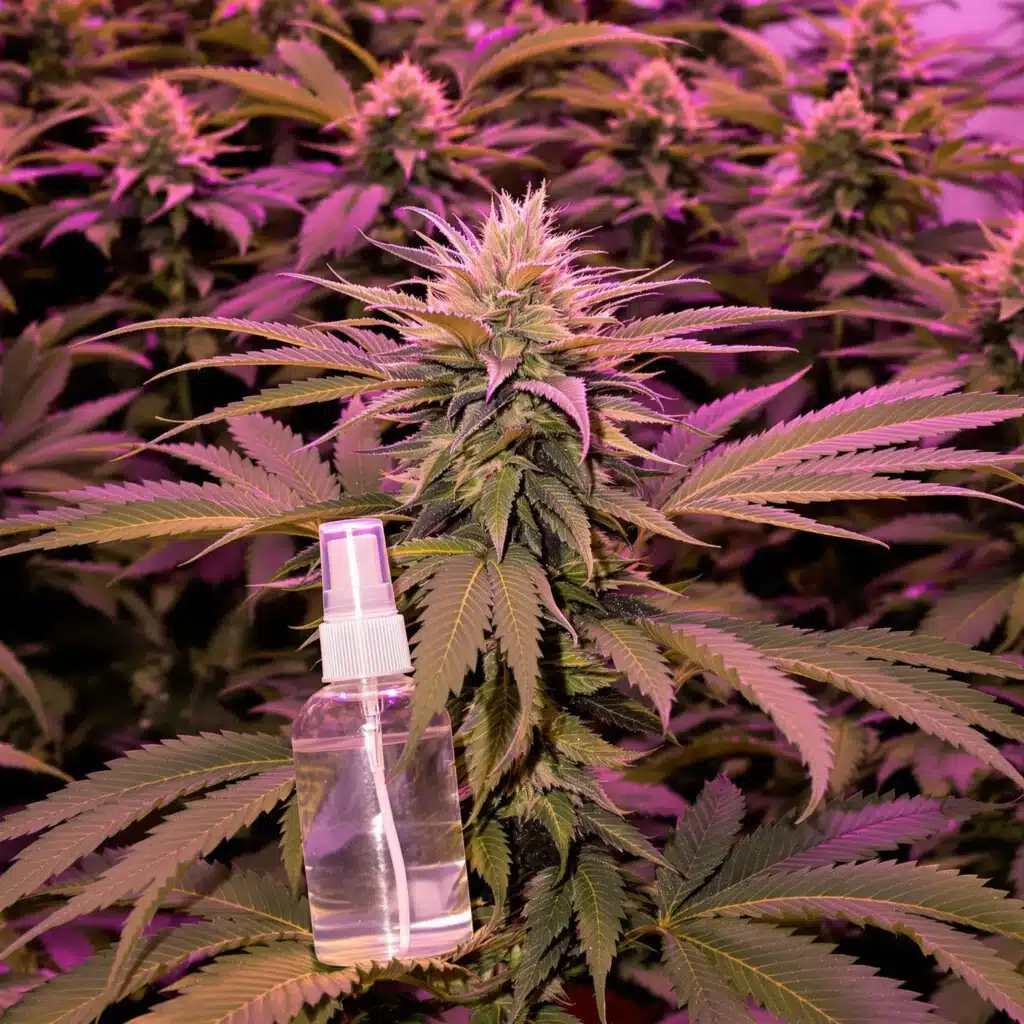
Hydrogen Peroxide for Powdery Mildew During Flowering: Safe Solutions
Hydrogen peroxide is a powerful yet safe option to combat powdery mildew on plants. It can also serve as a preventative measure when added to the soil or included in a hydroponic nutrient mix.
Powdery mildew is a nightmare for cannabis growers, especially during the delicate flowering stage. This sneaky white fungus can ruin your buds, but with careful treatment, you can protect your plants without compromising quality. Many cultivators turn to hydrogen peroxide for powdery mildew during flowering, as it offers an effective and accessible solution. How can hydrogen peroxide help, and what’s the safest way to use it? Let’s explore.
Recommended Strains
Stoned Panda
|
|
THC | 30% - 32% (High) |
|
|
Type | Feminized |
|
|
Yield | High |
|
|
Phenotype | 45% Indica / 55% Sativa |
Blackberry Moonstones
|
|
THC | 26% - 33% (High) |
|
|
Type | Feminized |
|
|
Yield | High |
|
|
Phenotype | 80% Indica / 20% Sativa |
What Is Powdery Mildew and Why Is It a Threat?
Powdery mildew is a fungal disease that appears as a white, powder-like substance on leaves, stems, and buds. It thrives in humid conditions with poor air circulation, making indoor grow rooms and greenhouses particularly susceptible. Left untreated, it can spread rapidly and destroy your entire harvest.
During the flowering stage, cannabis plants are especially vulnerable. Buds are dense and moist, creating the perfect environment for powdery mildew. Additionally, any treatment applied at this stage must be carefully selected to avoid affecting the final quality and flavor of the buds. Once the fungus spreads to the flowers, it can compromise their potency, aroma, and appearance, making them unsellable or unusable. Using hydrogen peroxide for powdery mildew during flowering can address this issue effectively.
Powdery mildew also competes with your plants for vital nutrients, further stressing the plant and slowing growth. In severe cases, it can weaken the plant’s immune system, making it more vulnerable to other pests and diseases.
Promos & Deals
Why Use Hydrogen Peroxide for Powdery Mildew?
Hydrogen peroxide (H2O2) is a safe and effective solution for combating powdery mildew. It works by oxidizing the fungus, breaking it down without harming the plant. As a bonus, it also kills bacteria and other pathogens, making it a versatile tool for cannabis growers.
When used correctly, hydrogen peroxide evaporates quickly, leaving no harmful residues. This makes it a great option for use during the flowering stage, where maintaining the purity of your buds is essential. Additionally, hydrogen peroxide improves plant health by oxygenating the root zone when used as a soil drench, although this is not recommended during flowering. Proper use of hydrogen peroxide for powdery mildew during flowering ensures a safe and effective treatment.
Beyond its antifungal properties, hydrogen peroxide is readily available, affordable, and easy to use. Its multi-purpose nature makes it a staple for many growers aiming to maintain healthy plants throughout their lifecycle.
How to Use Hydrogen Peroxide for Powdery Mildew During Flowering
Dilution Is Key
Can you treat powdery mildew during flowering without harming your plants? To avoid damage, hydrogen peroxide must be properly diluted. Use a 3% hydrogen peroxide solution, which is readily available at most stores, and mix it with water. A common dilution ratio is 1 part hydrogen peroxide to 3 parts water.
For example, if you’re using 1 cup of hydrogen peroxide, mix it with 3 cups of water. This ensures the solution is strong enough to kill the fungus without harming the delicate buds. Diluting the solution correctly prevents issues such as leaf burn or discoloration, which could affect the plant’s ability to photosynthesize effectively. Using hydrogen peroxide for powdery mildew during flowering at the right dilution ensures effective results.
Application Methods
- Foliar Spray: Use a clean spray bottle to apply the solution directly to the affected areas. Spray lightly to avoid saturating the buds.
- Hold the bottle about 6-8 inches away from the plant.
- Spray in the morning or evening to prevent sunburn from light reflection.
- Wipe Down: For small outbreaks, you can use a soft cloth or sponge soaked in the solution to gently wipe the affected areas. Be careful not to damage the buds.
- Misting System: If the infestation is widespread, using a fine misting system can help ensure even coverage across your plants.
Applying hydrogen peroxide uniformly ensures that all affected areas are treated, reducing the chances of the fungus returning.
Frequency of Application
Treat the plants every 2-3 days until the powdery mildew disappears. Avoid over-treating, as this can stress the plants. Regular monitoring is essential to catch any new outbreaks early. During this time, maintain consistent environmental controls to prevent new infections from taking hold. Repeated applications of hydrogen peroxide for powdery mildew during flowering can keep your plants healthy.
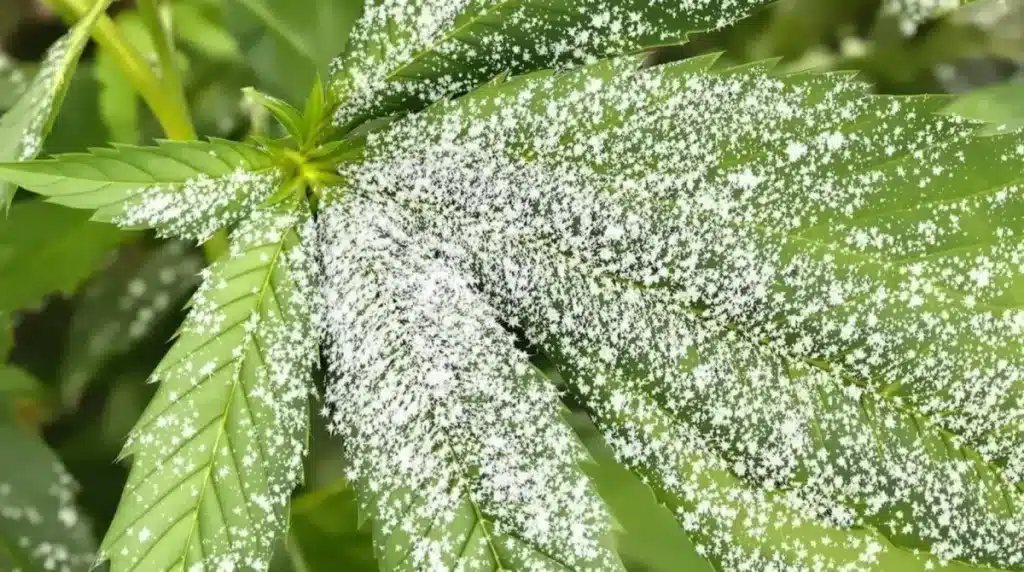
Precautions When Using Hydrogen Peroxide
Avoid Oversaturation
Too much moisture on the buds can lead to mold or mildew. Apply the solution sparingly and ensure proper airflow in your grow room to help the plants dry quickly. Over-wet environments can exacerbate fungal growth rather than eliminate it, so balance is critical.
Test on a Small Area First
Before treating your entire plant, test the solution on a small area to ensure there are no adverse effects. Some strains may be more sensitive to hydrogen peroxide than others. This precaution minimizes the risk of unintended damage to your crop. Testing hydrogen peroxide for powdery mildew during flowering on a small scale first ensures safety.
Maintain Proper Airflow and Humidity
Using hydrogen peroxide is only part of the solution. Reducing humidity levels (below 50%) and increasing air circulation are crucial to prevent powdery mildew from returning. Use fans and dehumidifiers to maintain a stable environment. Placing oscillating fans at different levels of your grow room ensures even air distribution.
Natural Alternatives to Hydrogen Peroxide
While hydrogen peroxide is effective, some growers prefer natural alternatives. Here are a few options:
- Neem Oil: This natural pesticide can help control powdery mildew, but it’s not ideal during flowering due to its strong odor and potential residue.
- Baking Soda Solution: Mixing 1 tablespoon of baking soda with 1 gallon of water creates an alkaline environment that inhibits fungal growth.
- Milk Spray: Diluted milk (1 part milk to 2 parts water) has antifungal properties and can be used as a gentle alternative.
- Potassium Bicarbonate: This compound is safe for plants and highly effective at eliminating powdery mildew. Mix 1 tablespoon per gallon of water and spray as needed.
While these methods are less aggressive, they may not be as effective as hydrogen peroxide for severe infestations. Combining methods can sometimes yield the best results, but always test for compatibility with your plants first. When comparing these options, hydrogen peroxide for powdery mildew during flowering remains a popular choice.
Long-Term Prevention of Powdery Mildew
Environmental Control
Maintaining optimal growing conditions is the best way to prevent powdery mildew. Keep humidity levels below 50%, and ensure your grow room has adequate ventilation. Use oscillating fans to promote airflow and prevent stagnant air pockets. Monitor temperature and humidity daily to ensure consistency. Preventing powdery mildew requires attention to all conditions, even when using hydrogen peroxide during flowering.
Proper Spacing
Overcrowding plants creates a humid microclimate that fosters fungal growth. Ensure adequate spacing between plants to improve air circulation and reduce humidity. Training methods like low-stress training (LST) can help create an open canopy for better airflow.
Routine Inspections
Inspect your plants regularly for early signs of powdery mildew. Catching the problem early makes treatment more effective and minimizes damage. Look for white spots on leaves or stems, as these are early indicators of fungal activity. Using hydrogen peroxide for powdery mildew during flowering at the first sign of trouble can save your harvest.
Advanced Techniques for Managing Powdery Mildew
- UV-C Light Treatment: UV-C light can kill powdery mildew spores on contact. Use specialized UV lamps during off-light periods to avoid damaging your plants.
- Sulfur Burners: These devices release sulfur vapors that eliminate fungal spores. While effective, sulfur burners must be used with caution to avoid affecting the flavor of your buds.
- Biological Controls: Beneficial microbes like Bacillus subtilis can outcompete powdery mildew, creating a protective barrier on your plants. These products are often applied as foliar sprays.
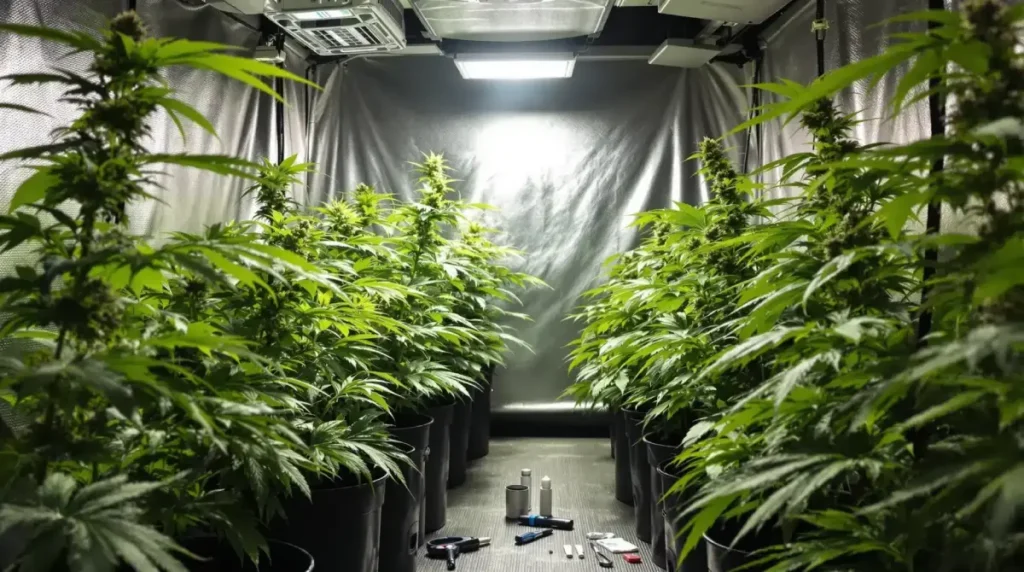
FAQs About hydrogen peroxide for powdery mildew during flowering
Is hydrogen peroxide safe to use during flowering?
Yes, when properly diluted, it evaporates quickly and leaves no harmful residues, making it safe for buds.
How often should I treat powdery mildew with hydrogen peroxide?
Apply every 2-3 days until the mildew is gone. Monitor plants closely to avoid over-treating.
Can I spray hydrogen peroxide directly on buds?
Yes, but use a fine mist and avoid oversaturation to prevent mold.
What’s the best way to prevent powdery mildew?
Control humidity, improve airflow, and inspect plants regularly to catch issues early.
Are there other treatments for powdery mildew?
Yes, neem oil, baking soda solutions, and milk sprays are effective alternatives, but hydrogen peroxide is often preferred for flowering plants.




